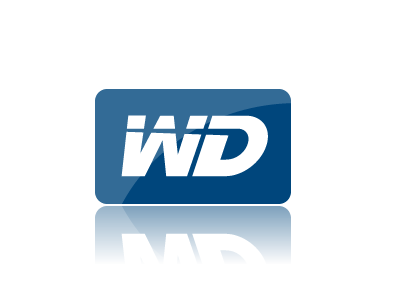

- #Create image of hard drive for virtualbox mac os x
- #Create image of hard drive for virtualbox install
- #Create image of hard drive for virtualbox archive
- #Create image of hard drive for virtualbox windows 10
From there, click 7-Zip > Open archive > Cab to open the EXE file in the 7-Zip File Manager. Replace the RAWimage with the converted disk file name just as above. Select a filename and destination folder on your computers hard drive to store the ISO image file and Click Next to continue, this will create an ISO image file. #Create image of hard drive for virtualbox mac os x
Once 7-Zip is installed, locate your Windows XP installer file in Windows File Explorer, then right-click the file. Oracle VirtualBox uses Virtual Disk Image (VDI), VMWare uses Virtual Machine Disk (VMDK) and Microsoft products like Virtual PC or Hyper-V use Virtual Hard. Its full bootable ISO image of Mac OS X El Capitan 10.
#Create image of hard drive for virtualbox install
If your PC doesn’t already have it installed, download and install 7-Zip before you proceed. Disk2vhd will make a shadow copy (VSS) of the selected disks and create the respective VHDX image files.This XP installer is only supported by Windows 7, so we’ll need to extract the files you’ll need from it to get XP to run on Windows 10. If the file is no longer hosted on Microsoft, you can download it from CNET. If your PC is ready, download the Windows XP Mode EXE file from the Microsoft website (named WindowsXPMode_en-us.exe).The operating system you use will also need to be supported by VirtualBox, the software we’ll be using to run Windows XP.
#Create image of hard drive for virtualbox windows 10
You can use another operating system, but these instructions have been designed with Windows 10 in mind. To begin using your Windows XP virtual machine, you’ll need to use a PC running Windows 10, with virtualization enabled in the BIOS or UEFI settings. In case we do not have available an image of this kind, it is sufficient to create a zeroed file that will become a not formatted virtual hard drive. This option improves the write performance, but the disadvantage is that it will take a long time to create the disk image in the first place and you might end up wasting the disk space if it’s not required.Downloading Windows XP and Extracting Installation Files The article requires as a pre-requisite the raw image of an hard disk, the one that will become the hard disk of the virtual machine.
Fixed size hard drive – a disk image file is created with the specified size. The main advantage of using this feature is that you are not wasting the disk space on the host before it is required, but there is a disadvantage associated with it in that it results in a slow performance if disk expansion happens pretty frequently. However, during the creation of a dynamically expanding disk, you specify a maximum capacity, which is the maximum capacity the disk will expand to. Dynamically allocated hard drive – the disk image will be created with a minimal size, but it grows automatically when more space is needed by the guest operating system. You can create two kinds of disk images: fixed size images or dynamically allocated images: HDD – the image file of Parallels Version 2 format. VHD – the Microsoft format of a virtual hard disk. VMDK – the VMware format of a virtual hard disk. Press ‘Create’ button Once done, you’ll see VHD file created on your hard drive: STEP 3. Select the path where VHD file will be saved. VDI – also known as Virtual Disk Image. Make sure you don’t check ‘use Vhdx’, nor ‘Use Volume Shadow Copy’. These two types refer to thick and thin provisioning.įour types of disk images are supported by VirtualBox: Upon creation, the entire size of the virtual disk might be used for the image or the image might be dynamically expanded. It has size that is basically specified when you create the VM. A virtual disk image is similar to a physical hard disk. When a guest VM tries to access these disk images, the read/write disk access is redirected by VirtualBox to the virtual disk image. In VirtualBox, guest VMs accesses virtual disk images that are stored on the physical hard disk in the host computer. In VirtualBox, guest VMs accesses virtual disk images that are stored on the physical hard disk in the host computer.





 0 kommentar(er)
0 kommentar(er)
